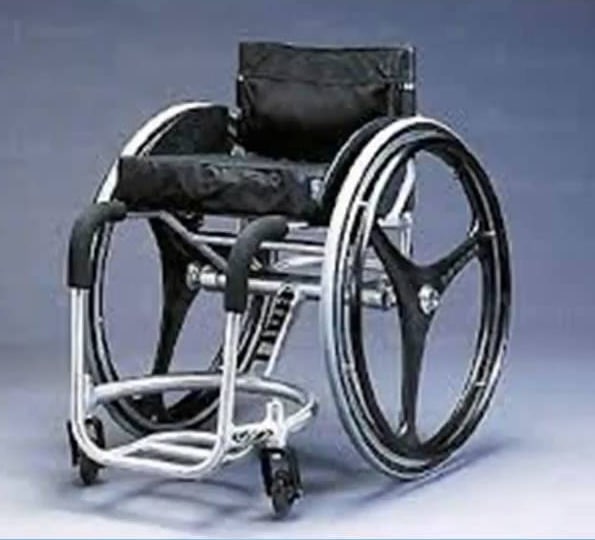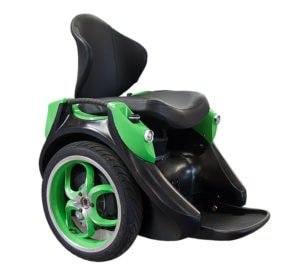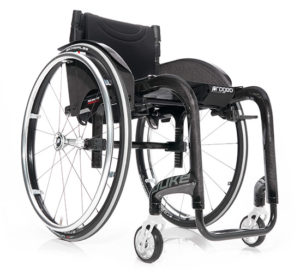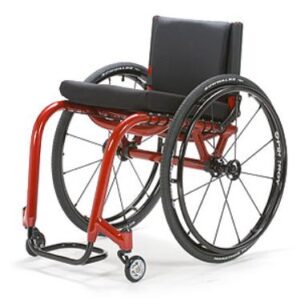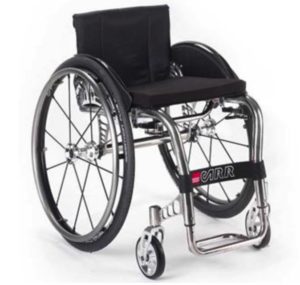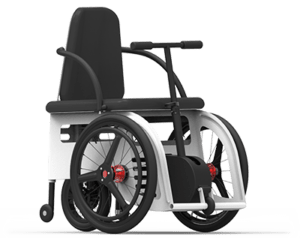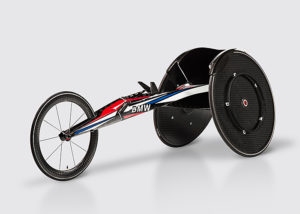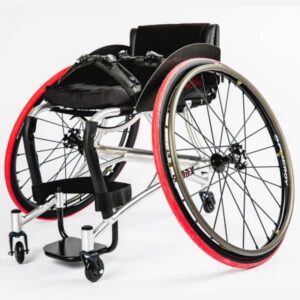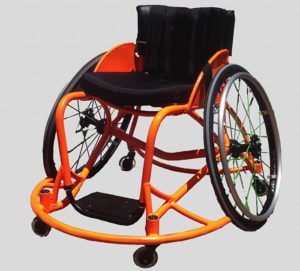Many of us can’t help but think of wheelchairs when spinal cord injury is mentioned. The two are so closely tied that they almost seem like one.
Granted, the relationship between user and wheelchair can be a love hate one. Cheers when the wheelchair is running right and jeers when it bums out.
The wheelchair, in some form or other, goes back a very long way and has obviously changed considerably over time. Years ago, the magic was not in finding the right wheelchair, but in surviving a spinal cord injury at all. Thankfully that scenario has changed over time.
Here are a few of the wheelchair evolution highlights.
King Phillip II of Spain was sketched in a wheelchair in 1595.

Confucius was depicted being pushed in 1680.

Finally, here it is! The wheelchair that is considered to be the first user propelled wheelchair. Designed and built by Stephen Farfler in 1665. Farfler was a paraplegic and a watch maker who at the age of 22 built this first ever wheelchair. No doubt that this wooden wonder was heavy and difficult to push. Indeed, it was a major step forward in the evolution of the wheelchair.

In 1783, John Dawson of Bath, England, designed a wheelchair with large rear wheels and a small front wheel. It was used to transport people to the therapeutic waters found in Bath. The Bath Wheelchair became the most popular chair sold in the early 19th century. Like most other wheelchairs of the day, the Bath chair was an attendant dependent wheelchair.

Wheelchair production in the USA came of age during the industrial revolution of the mid 19th century. Bicycle and carriage makers jumped on the wagon (rather, on the wheelchair) and wheelchairs started rolling out of numerous locations around the country. Wooden wheels were replaced by metal ones with rubber tires. Axles and frames were replaced with more durable metals. User comfort items in the way of padded parts, improved arm and legrests began to appear as upgrades to base models (sounds familiar).
The mid to late 20th century was a time of dramatic change in the wheelchair industry. Enter the folding wheelchair, lightweight wheelchair, powered wheelchair, sports wheelchairs, functional seating systems and standing wheelchairs.
In 1932, Harry Jennings, an engineer, designed a folding, tubular steel frame folding wheelchair. Jennings built it for his disabled friend, Herbert Everest. In 1933, they founded Everest & Jennings, the company went on to became a near monopoly in the wheelchair industry. The “X” bracket folding frame wheelchair made it possible to more easily transport the once heavy and cumbersome wheelchair. This feature went on to revolutionize and influence wheelchair design to this day.
In 1952 Canada’s prolific inventor, engineer and designer, George Klein, headed a project funded by the Canadian Veterans Affairs and a number of veterans organization, to develop the first practical electric wheelchair. The chair went on to be marketed by Everest & Jennings in 1956 and the power wheelchair era began. The project was undertaken to restore mobility to the many soldiers who returned from WWII paralyzed and unable to push a manual wheelchair.
Many advances in late 20th century wheelchair design came from wheelchair athletes who would take off-the-shelf models and customize them to reduce weight and increase performance. These designs inspired the development of lightweight performance wheelchairs such as the Quickie. The Quickie, a rigid-frame wheelchair was introduced in 1979 by Marilyn Hamilton, Jim Okamoto, and Don Helman. The Quickie revolutionized the industry by introducing color and improved aesthetics, lighter weight, and increased performance.
With the introduction of lightweight materials and fixed frames in the 1980’s, wheelchairs took a long overdue turn to the artistic. With bolder lines, dynamic design and eye catching coloring, many wheelchairs were appreciated not only for their improved performance but also for their artistic beauty. Designers like Bob Hall turned out custom masterpieces such as the Hallmark in 1984 and the Hall’s Racing Wheelchair which went on display at the Museum of Modern Art in 1986. Both chairs were the must have chairs of their day.
The 21st century has seen a number of important changes in wheelchair production. There has been a proliferation of niche manufacturers specializing in one-off wheelchairs, specialty wheelchairs that are out of the traditional box, and the introduction of materials such as titanium, magnesium and carbon fiber. Special use wheelchair makers began turning out amazing products that included tracked wheelchairs, self balancing chairs, propulsion assists, power add-ons and improved sports wheelchairs.







